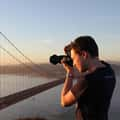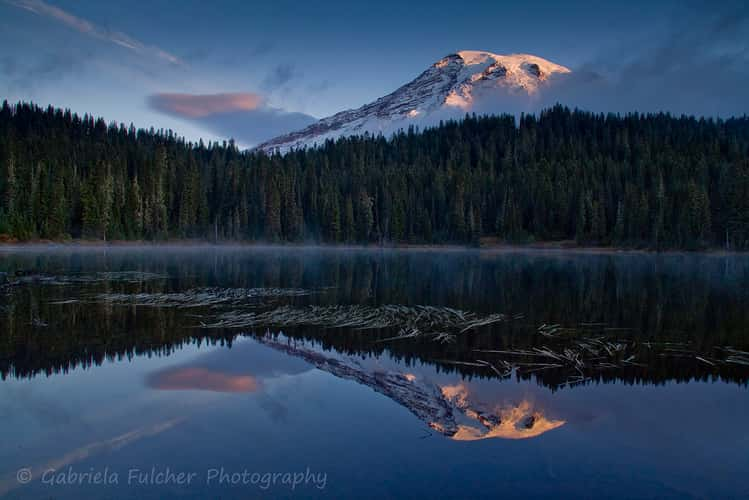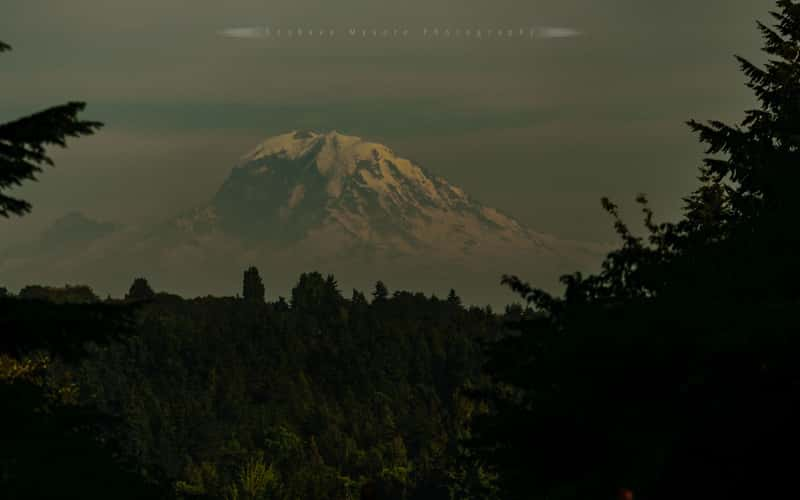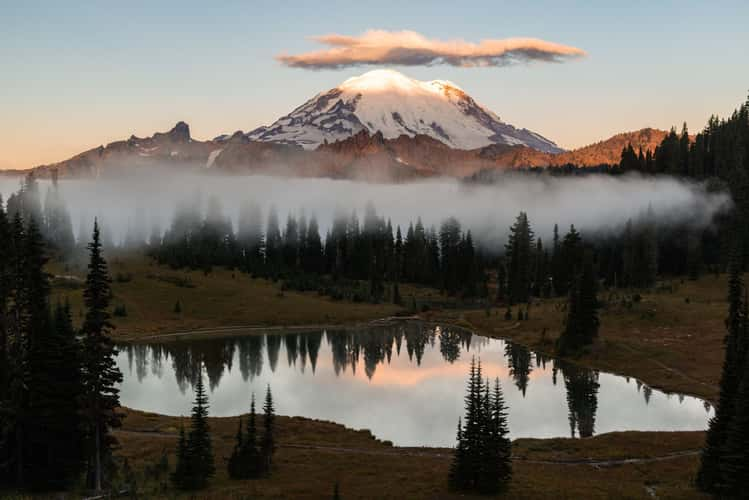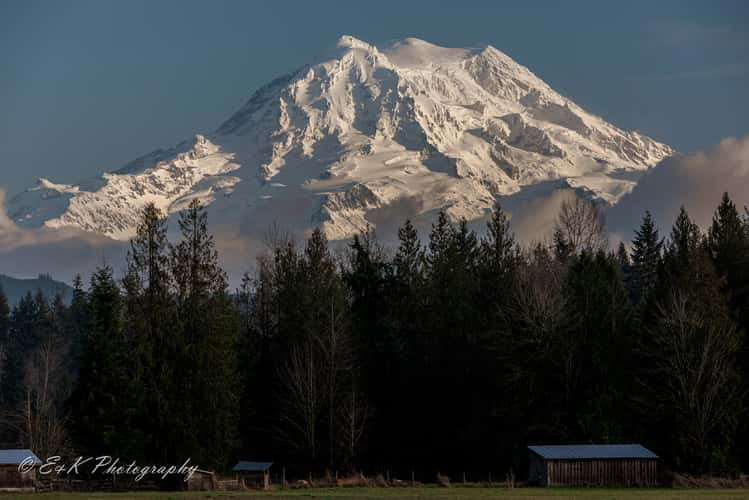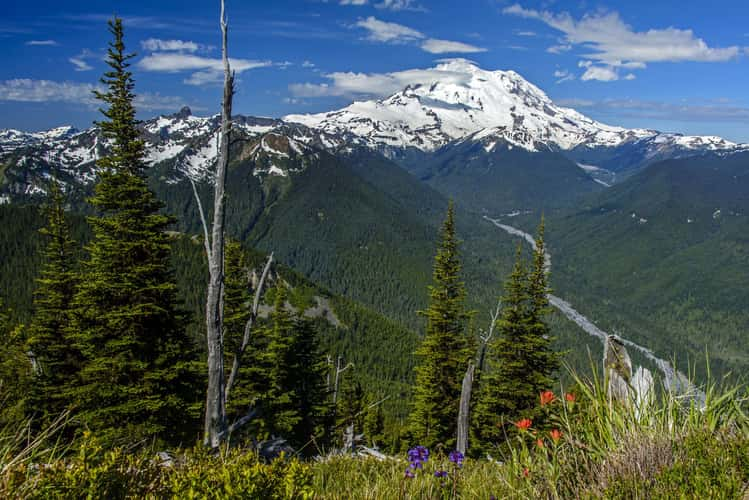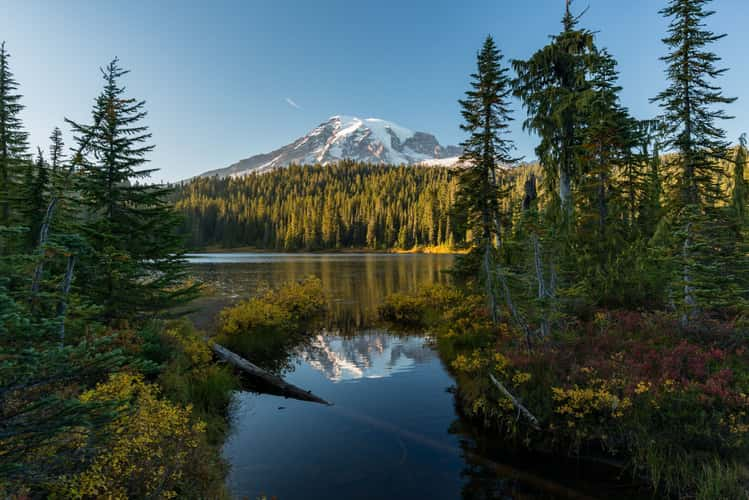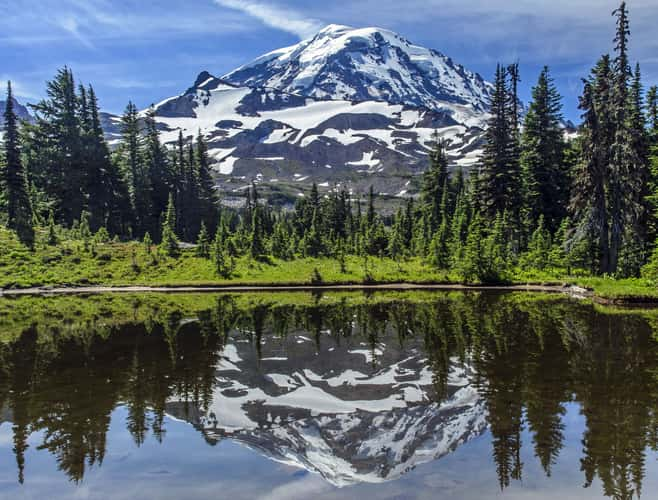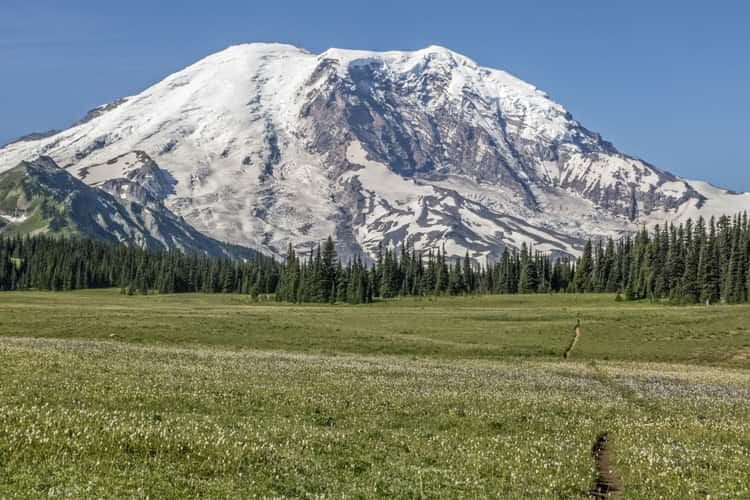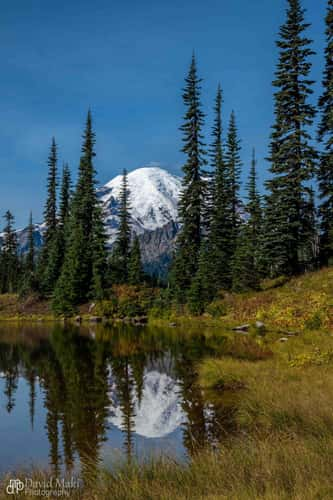About the location
The mountain itself, with its snow-capped peak, provides a dramatic focal point, especially during sunrise and sunset. In late summer, the subalpine meadows around Paradise and Sunrise bloom with vibrant wildflowers, creating colorful foregrounds against the majestic backdrop of the mountain.
The park’s rich diversity extends from dense old-growth forests to alpine tundra, offering a variety of photographic subjects. Waterfalls and streams, such as Narada Falls and Myrtle Falls, present excellent opportunities for long-exposure photography. Wildlife enthusiasts can capture images of black bears, elk, mountain goats, and numerous bird species.
Each season brings unique photographic opportunities, from spring’s melting snow and waterfalls to winter’s serene, snow-covered landscapes. Additionally, Mount Rainier’s high altitude and low light pollution make it an excellent location for night sky photography, including stunning shots of the Milky Way. Accessible trails, like the Skyline Trail, provide panoramic views, and ranger-led programs offer valuable insights to enhance your photography.




